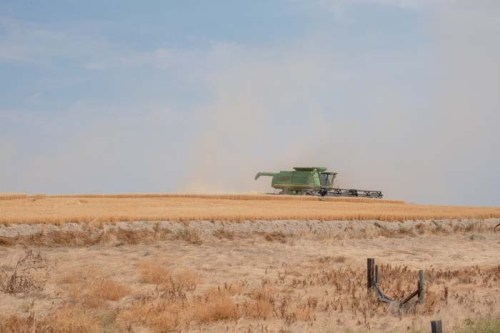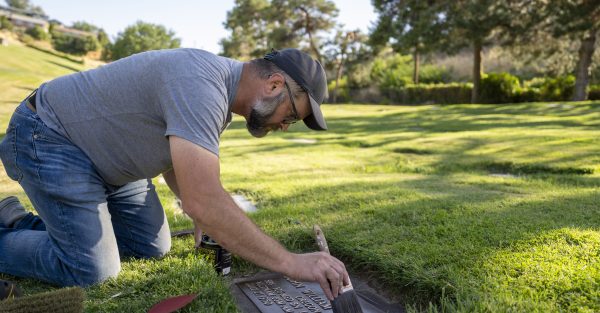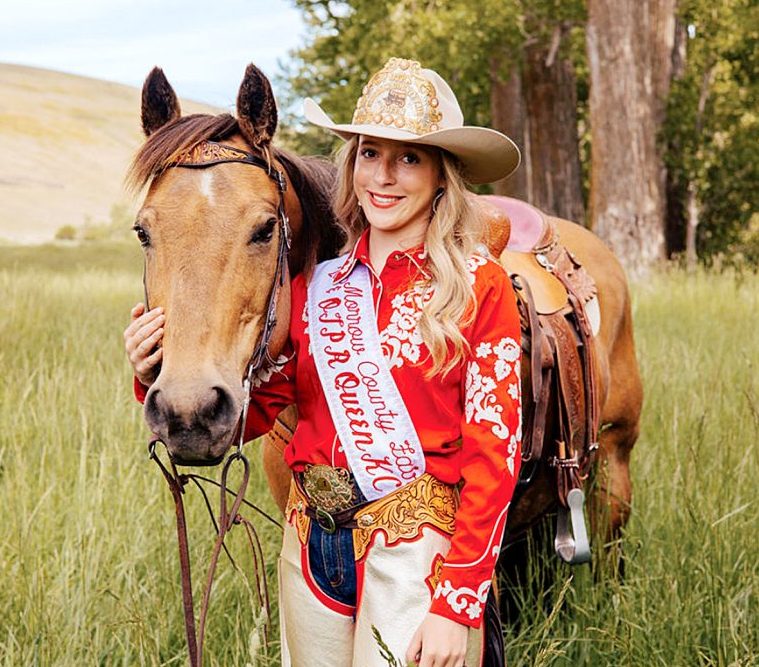“If you’re wondering if you should call, call”
Published 5:00 am Wednesday, April 16, 2025

- A combine harvests wheat Aug. 19, 2022, on a field northeast of Pendleton off Highway 11. (Yasser Marte/East Oregonian, File)
AgriStress Helpline offers hotline for Oregon producers
LA GRANDE — Being a producer is hard work.
This is something officials from Oregon State University Extension Services and the AgriStress Helpline understand. Kaycee Headley, project director for the AgriStress Helpline in Oregon, has an important message for everyone in the agriculture, forestry and fishing industries:
“If you’re wondering if you should call — call.”
Trending
Locally, OSU Extension agronomist Darrin Walenta is glad the Union County Board of Commissioners signed on and got behind the AgriStress Helpline when it went before the Oregon Legislature in 2023.
“The county commissioners got behind the legislation to help pay for this AgriStress Helpline,” Walenta said. “That is a tool that gives folks an opportunity to have a conversation with an unbiased person from outside the area to work through some of these hardships.”
Prior to two years ago, he said, the need for this kind of helpline never would have crossed his mind, but now it is very much at the forefront.
“These are unprecedented times,” Walenta said. “Everybody’s challenged to make a living as a producer.”
With the growing season getting underway, Walenta said Union County producers are facing challenges. Production costs are up and the prices growers received are down.
He also has concerns about water for the coming season due to the “interesting rainfall” during the last year and the fact the valley is suffering from the prolonged effects of bad water years.
Trending
“Our soil moisture profile may feel wet right now, but we’ll see how it looks here in about two months,” Walenta said.
The agronomist pointed out Union County received rain late last year, a little snow on the valley floor during winter, and some rain in March.
“We’ve had moisture this winter,” he said. “But I don’t think it’s enough to get us through the season.”
AgriStress Helpline
The Legislature passed Senate Bill 955 in 2023, providing $300,000 in an endowment to Oregon State University to implement the AgriStress Helpline. The helpline was created by AgriSafe Network — a national nonprofit organization dedicated to improving the health and safety of agricultural workers living in rural communities.
Nearly 50 callers have utilized the helpline since it launched in September 2023, according to Headley.
“Every call that we get is super important,” she said. “When we talk to people about the line and we talk to them about how stressful these occupations can be — having those conversations helps people feel a little less isolated, a little less alone.”
The specific number of calls from each county are not shared to preserve anonymity, according to Headley, but she said the helpline has received calls from producers in Eastern Oregon, including Umatilla, Union, Baker and Wallowa counties.
“The folks that we are trying to reach are really self reliant, determined folks. That’s what makes them great farmers,” Headley said. “But it doesn’t make them great at picking up the phone and asking for help when they’re having a rough day.”
The AgriStress Helpline works closely with Oregon Health Authority and 988, the national suicide and crisis lifeline. If someone calls 988, Headley said the clinicians do not ask for the individual’s occupation, but will note their job if it comes up during the conversation.
11 states offer the service
Prior to the AgriStress Helpline, according to Headley, OHA had no record of anyone calling 988 to talk about farming, ranching, logging or commercial fishing.
“So, we do think we’re reaching the right folk,” she said.
Calls placed to the AgriStress Helpline are picked up within 30 seconds. Headley said an automated voice asks callers for their zip code and language preferences. The system then connects callers to a trained professional.
Specialists at the helpline receive 300-plus hours of training from licensed clinicians to understand the unique stresses and challenges of farming, ranching, fishing and forestry. They also can refer callers to county specific resources, which have been vetted by AgriStress.
Headley said the specialists also are certified in suicide prevention in the event a caller is in crisis. Specialists use the time on the phone to help deescalate and, if needed, call in local crisis teams.
The helpline is available in 11 states: Arizona, Colorado, Connecticut, Missouri, Montana, Oregon, Pennsylvania, Texas, Virginia, Washington and Wyoming.
Many states have their department of agriculture oversee the line, Headley said, but in Oregon, OSU Extension Services administers the line.This is beneficial on multiple fronts, she said. For one, it means in-county extension service faculty who know and have relationships with local producers can help spread the word about the helpline.
It also means OSU can provide information about situations in Oregon to the people who answer the helpline calls. Headley pointed to the wildfires in Malheur County last summer as an example. She said colleagues in Malheur County sent photos of the fire, which allowed other employees to gather information about the ongoing emergency management plan and evacuation orders. This was sent to the helpline specialist to be shared with anyone calling in from the area.
Senate Bill 779, sponsored by state Rep. Bobby Levy, R-Echo, and state Sen. Todd Nash, R-Enterprise, seeks to permanently fund the AgriStress Helpline through a $2 million endowment.









